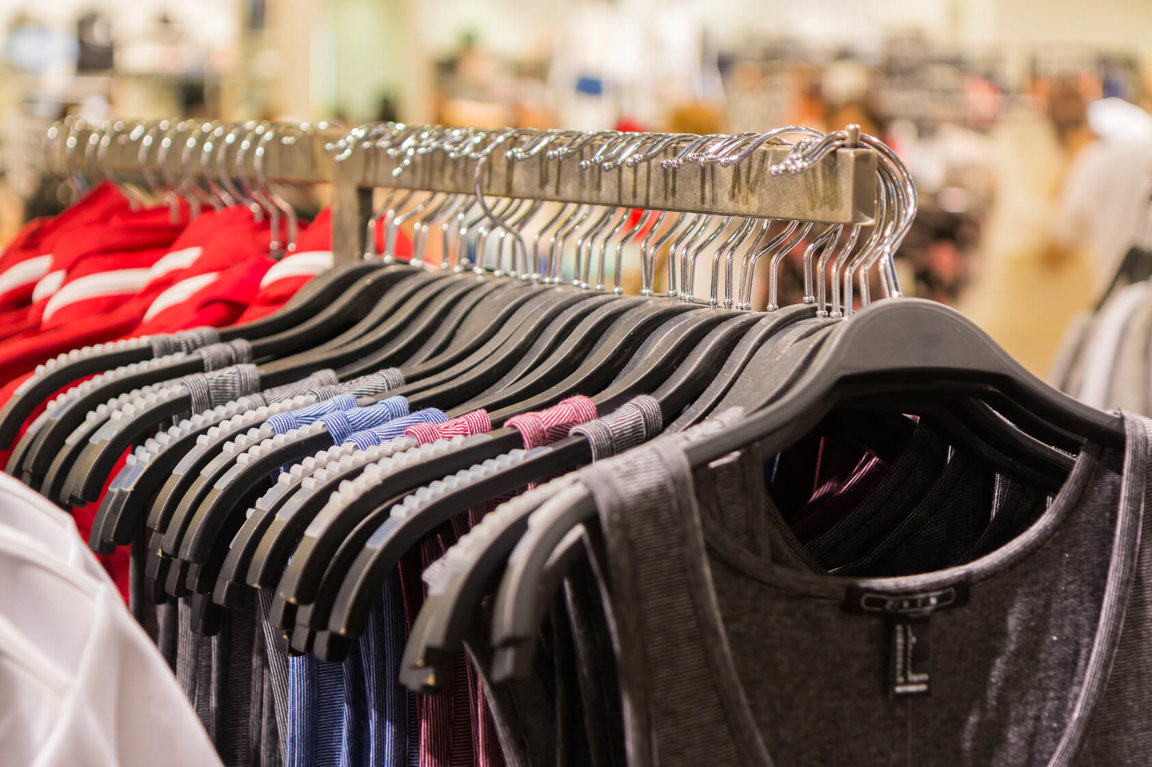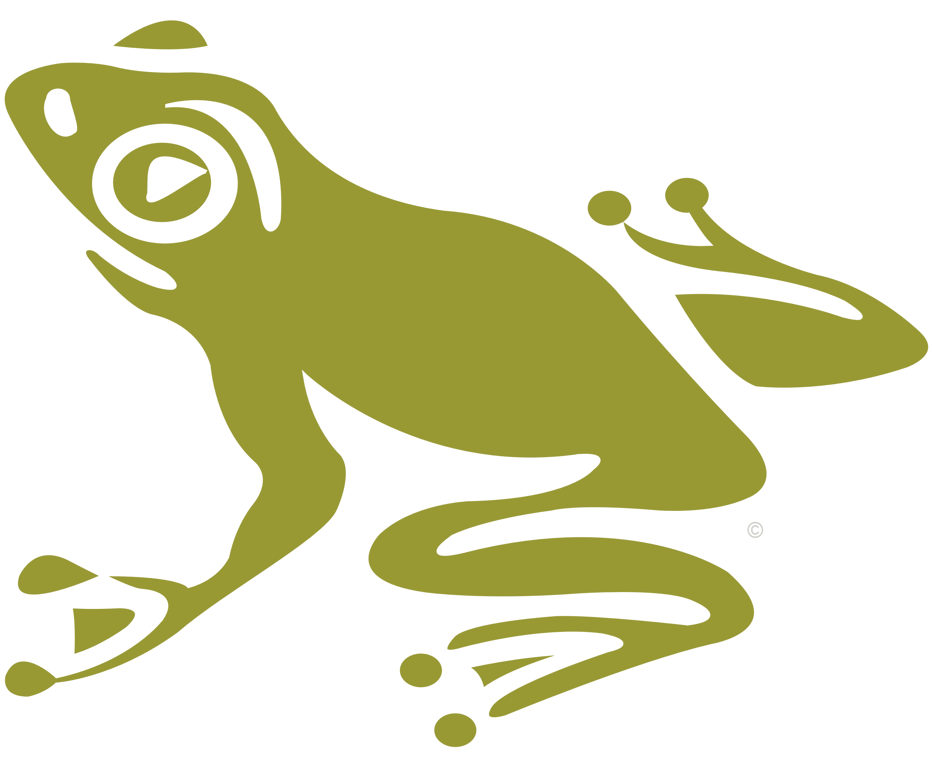
Shop For Vegan & Eco-Friendly Clothes
Vegan clothes consist of clothing and shoes that are constructed without using animal products. By choosing vegan clothing, you ensure that no animals suffered or died to produce them. You also help protect the environment and wildlife from the devastating effects of animal agriculture. Although there are specialty stores that only sell vegan clothing lines, it is possible to buy vegan apparel from any retail shop. To do so, you need to know how to distinguish the vegan and non-vegan items and materials described in clothing labels.
Faux Fur
Choose fake or faux fur in place of authentic fur. Pelts and fur are non-vegan since they are the skins and fur taken from animals trapped or raised specifically for that purpose; minks, foxes, rabbits, chinchillas, lynxes, dogs, and many more. Search the clothing label for faux fur, acrylic, polyester, or mod-acrylic.
Pleather
Purchase imitation-leather in place of real, authentic leather or suede. Leather is non-vegan because it comes from animal hides and skin. Look at the clothing labels to discover alternative clothing that resembles leather, such as synthetic leather, pleather, man-made leather, imitation-leather, and waxed-cotton. Apparel that is made from leather-like materials are typically much cheaper than authentic leather or suede products.
Imitation Silk
Avoid fabric or apparel that is silk-made. Silk worms may produce silk naturally, however, in order to get the silk producers boil them alive. Go for materials that resemble and imitate silk instead, like nylon, polyester, rayon, silk-cotton tree and ceiba tree filaments, milkweed seed-pod fibers, and the wood pulp-made fabric called tencel.
Down Substitutes
Avoid buying clothes made with down feathers. These are non-vegan products because they are either plucked from living animals, or animals are killed specifically for this reason. Consult the clothing labels to discover down substitutes, like synthetic down, polyester fill, hypo-allergenic synthetic down, and down-alternative.
Wool Alternatives
Finally, stop buying any type of woolen fabric or clothing. Wool comes from sheep, goats, rabbits and camels who are exploited for their hair. Particular products made from wool that you should avoid include cashmere, angora, mohair, pashmina, shearling, and camel hair. Opt for alternative wool materials instead, such as cotton flannel, polyester fleece, orlon, acrylic, synthetic fleece, synthetic wool, or any other wool fabric characterized as "synthetic." There are synthetically made products that are just as good as wool. Some man-made products exist that rival wool in terms of thickness, providing warmth, and can pull away moisture from the skin. Recycled plastic bottles are typically used to make these products, which you can usually find in outdoors clothing featured in specialty stores.
Taking It A Step Further
Avoiding clothing made from animal-derived products helps to save animals and reduce animal cruelty, but truly ethical clothing decisions also factors in environmental concerns. Clothing choices that contribute to environmental damage affects wildlife in detrimental ways. When shopping for animal-friendly clothes, also consider eco-friendly alternatives.
You can easily make vegan and environmentally friendly clothing choices by choosing clothes made from natural, plant-based materials. You can opt-out of buying faux animal clothing products. Do you really need that faux leather jacket, fake fur coat and imitation silk shirt? There are lots of alternatives that are just as stylish, while not hurting animals or their ecosystems.
Organic Cotton
Over 25 percent of the planet’s pesticides can be attributed to conventional cotton production. Organic cotton production does not use chemicals. Choose organic cotton clothing made with natural dyes or colored cotton.
Bamboo Clothing
Bamboo clothing is all the rage, and for good reason. Bamboo is a fast growing, highly renewable grass usually grown without chemicals. It breathes well, is biodegradable and has natural antibacterial properties. Avoid “bamboo-based rayon” which involves toxic chemicals in its processing.
Hemp Clothing
Hemp is fast growing and highly sustainable like bamboo. It needs little or no pesticides or fertilizers, and it does not deplete soil nutrients.
Recycled Polyester
Recycled polyester is created from cast-off polyester fabric and soda bottles. It's carbon footprint is an impressive 75 percent lower than virgin polyester.
Soy Silk & Soy Cashmere
Soy cashmere and soy silk are created from soy protein fibers left over from soybean food processing. Look for clothing that is not made from genetically engineered soy.
Tencel Clothing
Tencel is created from natural cellulose wood pulp. It is fully biodegradable and is made from Forest Stewardship Council-certified wood pulp and less-toxic chemicals.
Clothing production in general has a big environmental impact. It uses a lot of land, energy, water – and often chemicals. Purchasing quality made products, and wearing them for as long as possible, is one of the best ways to reduce the environmental impact of clothing. You can also purchase used clothing and repair damaged clothes to extend their use. Above all else, don't get caught up in the trap of “trendy styles” and “Fast Fashion” that promotes clothing as being disposable. With a ridiculous 52 “micro-seasons” per year, and new trends coming out every week, it's impossible to keep up anyway. Don't try. Be responsible and help the Earth and its animals – don't buy animal-derived clothing and do buy clothes that are as environmentally-friendly as possible.
